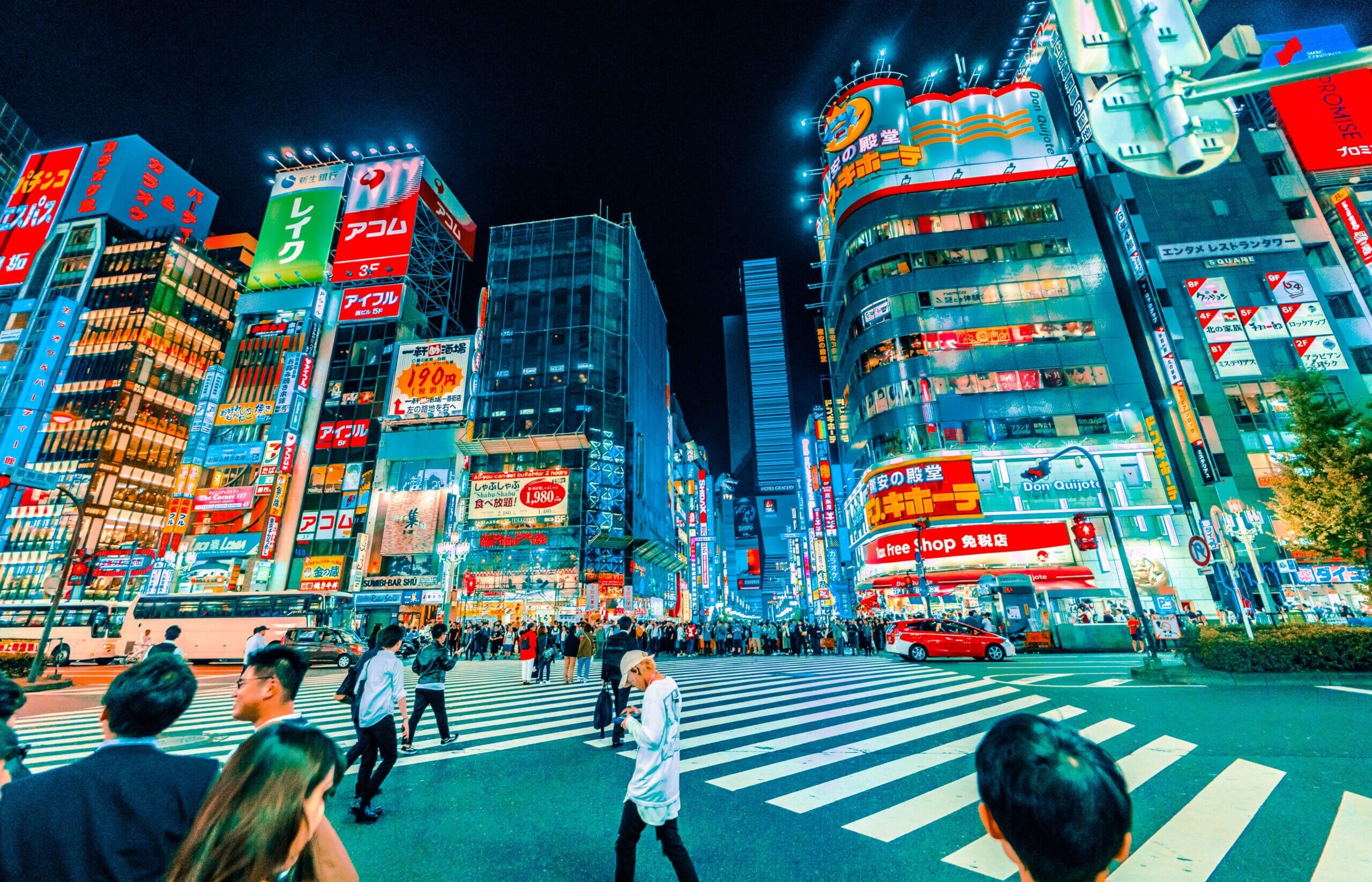The region is getting more trained workers, and investments in infrastructure and technology are making it more productive.
A new report says that emerging Asia will be the main driver of world growth over the next 30 years and beyond.
Four of the seven biggest economies in the world will be in Asia by 2050. The new research from the Abrdn Research Institute (aRI) shows that China will likely pass the U.S. as the world’s largest economy by 2035, and India could take fourth place by the early 2030s.
By the middle of the 2040s, Indonesia will have the seventh-biggest economy in the world, while Japan will be in fifth place. This means that Asia will be in charge of the world economy for the rest of this century. The analysis also shows that the Philippines, Pakistan, Bangladesh, and Vietnam are all on track to have economies that rank among the top 25 in the world.
Abrdn says that by 2050, 58% of the world’s growth could come from Emerging Asia. The world’s growth is expected to slow from about 2.5% a year to 1.5% a year by 2050. This is partly because population growth in the world’s biggest economies will slow.
The study predicts that Asia will do better than its developed peers because the region has a better demographic background and the chance to catch up with them.
For example, the average income in many Asian countries is still low. There is still much room for workers to move out of agriculture and into more productive manufacturing and service jobs. Also, many Asian companies haven’t considered how technology and industry-leading processes can boost output.
Population growth
Asia could make up almost half (46%) of the world economy. This is up from 35% now. Robert Gilhooly, senior emerging markets research economist at abrdn, says, “In any country or region, long-term economic growth needs three things: a more skilled workforce, investments in infrastructure, equipment, and technology, and higher productivity. These important building blocks can be seen in Asia’s developing markets, from China and India to Indonesia and Vietnam. We expect the fundamental drivers of economic growth in the region to be stronger than in developed and emerging markets.
The study also talks about the population growth in the area. The number of people living in India and Indonesia is projected to grow by 253 million and 42 million by the year 2050. Even though population growth and demographic profiles aren’t as good in other Asian markets, other things should make up for it. For example, dependency ratios (the number of workers to non-workers) are getting better (especially in India, Indonesia, and Malaysia), and education and skill development can help improve the quality of the workforce.
Asia may also be the leader in the industry, but growth is shifting to the consumer market. Even though people in developed markets want to bring jobs back home, supply lines are too tightly connected to break apart quickly. As the number of people living in cities grows and their wages rise, Asia will become a major consumer of goods and services worldwide.
China already has a customer market that is half as big as the U.S. aRI thinks that by 2050, it could be almost 10% bigger, or $25 trillion. aRI says that India’s customer market will also grow by four times in the next 30 years. Overall, Emerging Asia is expected to consume more than twice as much as it does now. In the same time period, people are only expected to spend 18% more in the euro area.
As Asia’s consumption grows, its spending habits will become more like those of middle-income and high-income economies, with more money on leisure purchases. The study says this trend will be amplified by the growing “silver economy” of older consumers, who will spend more on healthcare and entertainment.
Infrastructure demand
Demand for infrastructure is being driven by urbanisation. Asia needs more transportation, homes, and public service facilities because its economy is growing quickly, and its population is growing as well. This demand will drive capital spending and economic activity. Only 40–60% of the people in less-developed countries, especially those in Asia, live in cities. As urbanisation grows, it should lead to more building work and a rise in economic activity (GDP), even in Asian markets where demographic factors aren’t as helpful.
According to aRI’s figures, almost US$1 of every US$2 of global investment will be spent in Asia, and by 2050, Asia will account for half of all global investment, which could be worth US$390 trillion (in 2015 USD terms).
“Whether emerging Asian economies will do better than expected in the long run depends on many things,” says Peter Branner, chief investment officer at abrdn. These include the strength of government institutions and the ability to deal with political pressures, economic imbalances, and other “macro risks.”
“The good news is that these unknowns are already priced in. This is shown by the fact that assets in developing markets are cheaper than assets in developed markets. “Given the strong and positive drivers that our research has shown, it’s easy to see the potential,” says Branner.

